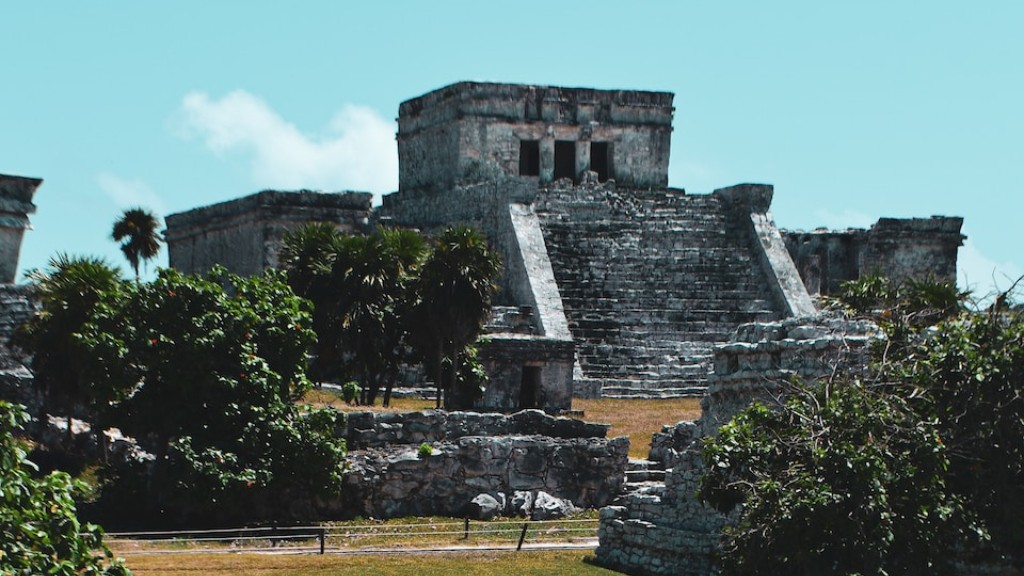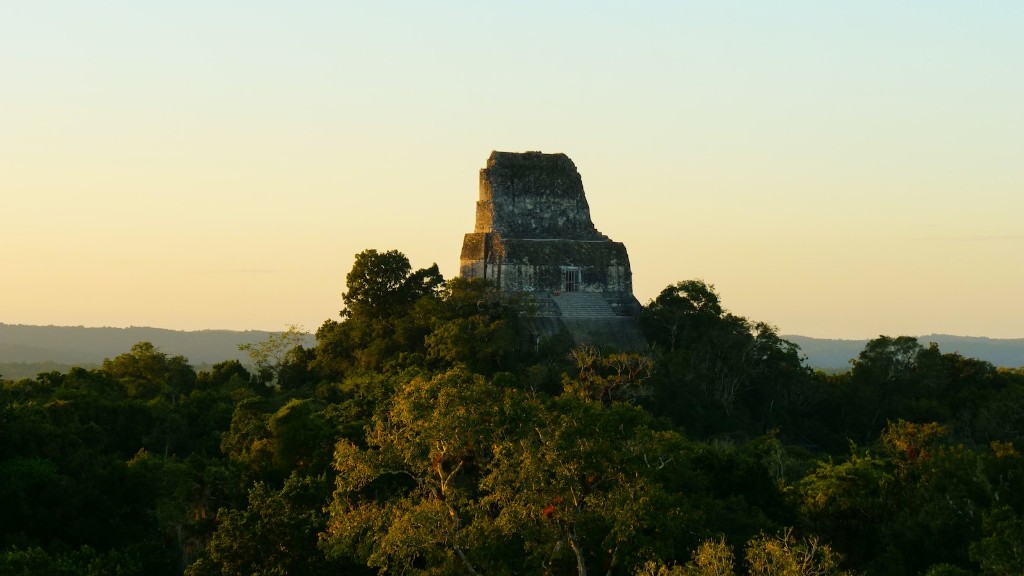Mayan Civilization Sites: Crop Growth
Ancient civilizations have always intrigued historians and archaeologists alike. Among the many fascinating civilizations of the past, the Maya civilization stands out due to their advanced agricultural practices and ability to sustain their population through sophisticated crop growth techniques. In this article, we will explore some of the prominent Mayan civilization sites where crop cultivation flourished.
Tikal: The City of Splendors
Tikal, located in present-day Guatemala, was one of the largest and most important Mayan cities. This city, surrounded by dense rainforests, was able to sustain its population through strategic agricultural practices. The Mayans ingeniously utilized the diverse range of ecosystems found in Tikal. The city boasted an extensive system of terraces, channels, and canals, which allowed for efficient irrigation and drainage. These irrigation systems contributed to the successful cultivation of maize, beans, squash, and other essential crops.
El Mirador: A Hidden Gem
Another significant Mayan civilization site is El Mirador, located in present-day northern Guatemala. This site remains one of the largest archaeological complexes in the world, covering an area of around 16 square kilometers. The advanced agricultural practices employed here were instrumental in sustaining its population. El Mirador’s agricultural system was characterized by raised fields, intensive land use, and innovative water management techniques. These methods allowed the Mayans to grow crops more efficiently by maximizing the use of available resources.
Palenque: A Tropical Paradise
Palenque, situated in the tropical rainforests of southern Mexico, was renowned for its architectural grandeur and intricate artwork. However, the agricultural ingenuity of the Mayans in Palenque should not be overlooked. The city benefited from its geographical location, which provided abundant rainfall and fertile soils. The Mayans cultivated a wide range of crops, including maize, cacao, avocados, and papayas. The well-preserved agricultural terraces found in Palenque are evidence of the Mayans’ expertise in crop cultivation techniques.
Chichen Itza: The City of Sacrifice
Chichen Itza, located in the Yucatan Peninsula of Mexico, is renowned for its monumental architecture, including the famous pyramid known as El Castillo. However, beneath this architectural marvel lies the remnants of an advanced agricultural system. The Mayans in Chichen Itza relied heavily on cenotes, natural sinkholes filled with water, for their agricultural needs. These cenotes provided a constant water supply for irrigation and contributed to the successful cultivation of crops such as maize, squash, and chili peppers.
Coba: The Silent Witness
Lastly, Coba, situated in the southeastern part of Mexico’s Yucatan Peninsula, served as a vital Mayan city with an advanced agricultural system. Coba’s strategic location, surrounded by lakes, made it ideal for crop cultivation. The Mayans ingeniously engineered extensive raised fields called chinampas, similar to those found in ancient civilizations like the Aztecs. These chinampas enabled the continuous growth of crops even during the rainy season, ensuring a sustainable source of food for the city’s inhabitants.
Conclusion
The Mayan civilization sites mentioned above showcase the astonishing agricultural practices employed by the ancient Maya people. The combination of innovative irrigation systems, raised fields, and strategic utilization of natural resources facilitated the successful growth of crops in these sites. Studying the Mayan civilization’s agricultural practices not only provides us with a glimpse into the past but also offers valuable insights into sustainable farming practices that can inspire us in the present. These ancient techniques serve as a reminder of the vast knowledge and wisdom possessed by the Maya civilization, further reinforcing their remarkable achievements.

